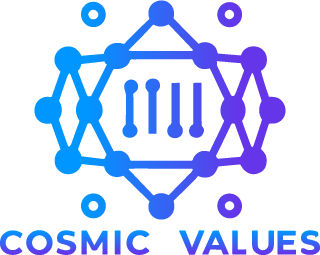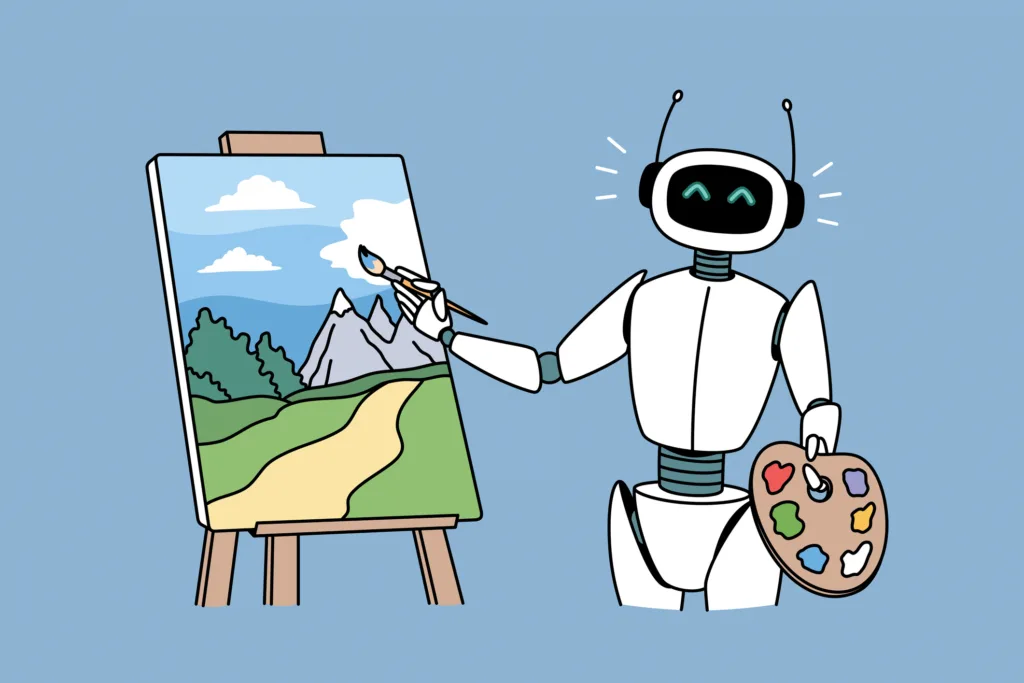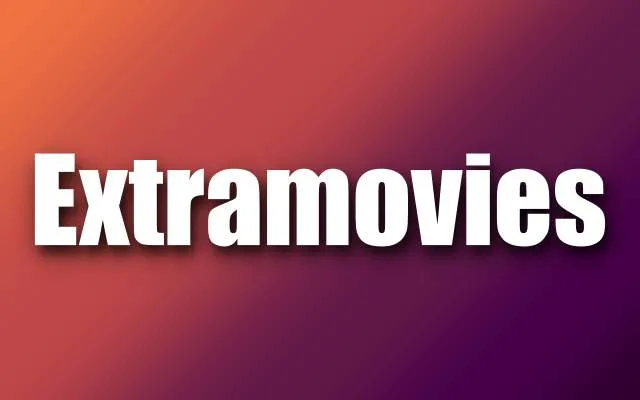The art of animation, a captivating blend of storytelling and visual artistry, has captivated audiences of all ages for over a century. From the whimsical hand-drawn classics to the dazzling spectacle of contemporary computer-generated imagery (CGI), animation has the power to transport us to fantastical worlds, ignite our imaginations, and evoke a kaleidoscope of emotions. This article delves into the fascinating realm of animation, exploring its history, techniques, and the magic behind bringing drawings to life.
A Journey Through Time: The Evolution of Animation
The history of animation stretches back further than you might think. Early examples, such as the zoetrope (invented in 1834) and the flipbook (dating back to the 1860s), utilized the persistence of vision to create the illusion of movement. However, it wasn’t until the early 20th century that animation truly began to take shape. Pioneering animators like Winsor McCay and Émile Cohl pushed the boundaries of the medium, creating short films that showcased humor, storytelling, and technical ingenuity.
The arrival of sound in the late 1920s ushered in a golden age for animation. Walt Disney Studios, founded in 1923, revolutionized the field with iconic characters like Mickey Mouse and groundbreaking features like “Snow White and the Seven Dwarfs” (1937). This era saw the development of core animation principles, such as squash and stretch, anticipation, and follow-through, which continue to form the foundation of animation today.
The mid-20th century witnessed the rise of television animation, with beloved shows like “The Flintstones” and “Scooby-Doo” capturing the hearts of young viewers. Meanwhile, studios like Hanna-Barbera Productions pioneered limited animation techniques, allowing for the production of more content at a faster pace.
The advent of computers in the latter half of the 20th century transformed the animation landscape yet again. CGI technology, showcased in films like “Toy Story” (1995), opened doors to new levels of realism and visual complexity. Today, animation thrives as a diverse and ever-evolving art form, encompassing traditional 2D hand-drawn animation, 3D CGI animation, stop-motion animation, and a range of hybrid techniques.
Bringing Characters to Life: The Animation Process
Animation is a collaborative art form, requiring the expertise of a talented team of artists, technicians, and storytellers. The process typically follows a series of steps, including:
- Concept development: This stage involves brainstorming ideas, creating storyboards, and developing characters and their personalities.
- Pre-production: Animators design characters, create detailed backgrounds, and plan out the movement and timing of each scene.
- Production: This involves drawing, modeling, or creating digital assets, depending on the animation technique used.
- Post-production: This stage includes adding sound effects, music, and voice acting to bring the animation to life.
Each technique within the art of animation offers a unique set of challenges and opportunities. Traditional hand-drawn animation emphasizes the artistry and expressiveness of the individual animator, while 3D CGI animation allows for unparalleled depth and detail. Stop-motion animation, using physical objects meticulously manipulated frame-by-frame, imbues characters and scenes with a tangible charm.
The Impact of Animation: Beyond Entertainment
The influence of animation extends far beyond mere entertainment. Animated films often tackle complex themes and social issues, sparking important conversations and leaving a lasting impact on viewers. Additionally, animation plays a vital role in the educational sector, providing engaging and accessible ways to explain complex concepts.
Furthermore, the art of animation fosters creativity and problem-solving skills. Learning animation, whether through casual exploration or formal education, allows individuals to express themselves visually, tell stories in a unique way, and develop valuable technical skills.
The Future Art of Animation: A World of Possibilities
The future of animation is brimming with exciting possibilities. Advancements in technology continue to push the boundaries of what’s possible, enabling the creation of increasingly immersive and lifelike experiences. Additionally, the rise of virtual reality (VR) and augmented reality (AR) technologies opens doors for interactive animation experiences that further blur the lines between reality and the animated world.
One can expect to see animation continue to evolve as a storytelling medium, captivating audiences of all ages for generations to come. From heartwarming tales to thought-provoking narratives, the art of animation will continue to entertain, inspire, and offer a window into worlds limited only by the human imagination.
Frequently Asked Questions about the Art of Animation
What are the different types of art of animation?
The art of animation encompasses a diverse range of techniques, including:
- Traditional 2D animation: This involves hand-drawing characters and backgrounds, frame by frame.
- 3D CGI animation: This utilizes computer software to create digital models, environments, and characters.
- Stop-motion animation: This technique involves physically manipulating objects frame by frame to create the illusion of movement.
- Cutout animation: This involves moving pre-cut paper or fabric figures to create animation.
Is an animation degree necessary to become an animator?
While a degree is not always mandatory, it can provide valuable skills and knowledge, including drawing, character design, animation principles, and software proficiency. However, many animators have successfully entered the field through self-directed learning, online courses, or building a strong portfolio showcasing their skills and passion.
How long does it take to create an animated film?
The timeframe for creating an animated film can vary greatly depending on the length, complexity, and technique used. Simple explainer videos might take weeks, while feature-length films can take several years with large teams of animators involved.
What are some career opportunities in Art of animation?
The animation industry offers a diverse range of career paths, including:
- Animator (2D, 3D, stop-motion)
- Character designer
- Storyboard artist
- Background artist
- Visual effects artist
- Rigger (for 3D animation)
- Compositor
- Animator/director
Where can I learn more about animation?
Numerous resources are available to learn about animation, including online tutorials, workshops, online courses, animation communities, and dedicated websites. Additionally, attending film festivals and animation events can offer valuable insights and networking opportunities.
In conclusion
the art of animation is a multifaceted and dynamic field with a wealth of information and opportunities to explore. By delving into its history, techniques, and future prospects, one can gain a deeper appreciation for this captivating art form and its potential to engage, inspire, and ignite imaginations.



